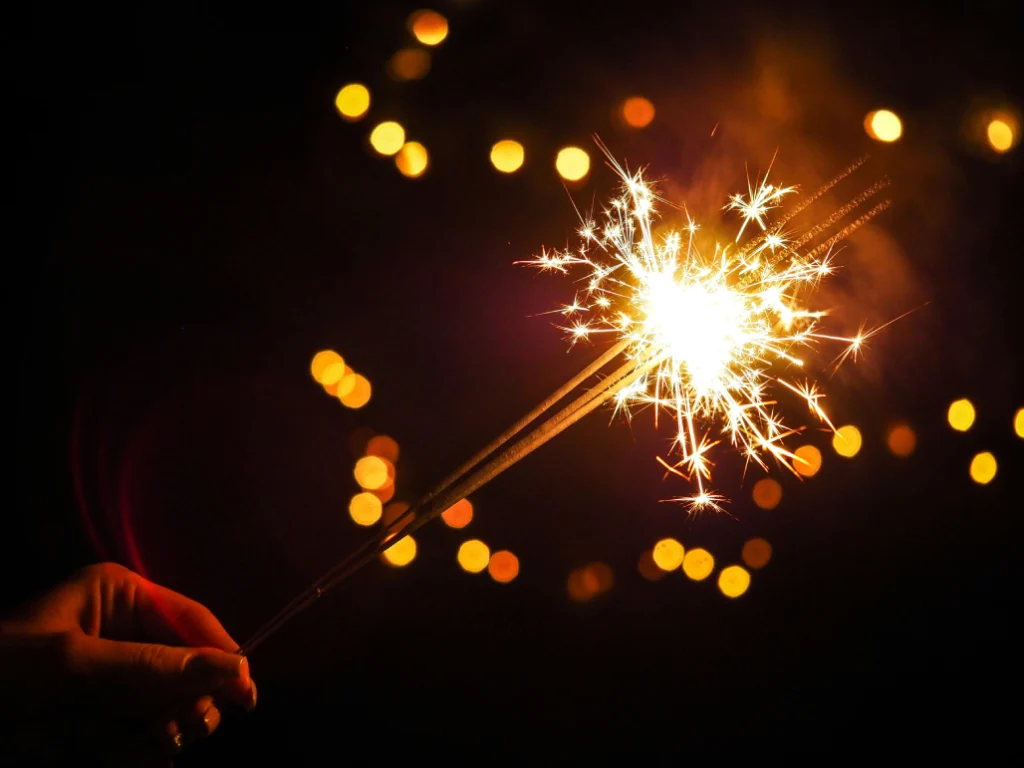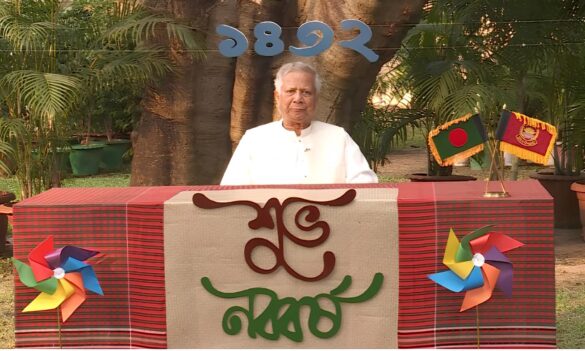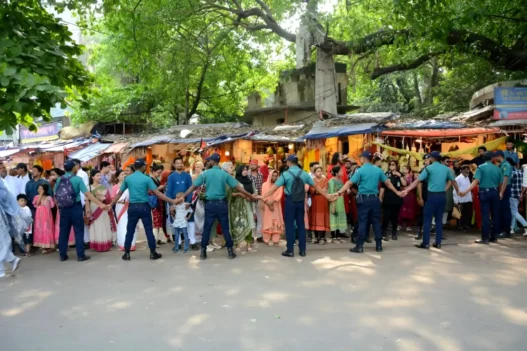The festive season of Diwali, celebrated with lights, joy, and, increasingly, firecrackers, has long been associated with surging air pollution levels across India. While the bursting of firecrackers is a deeply rooted tradition, their environmental toll has become a growing concern. These crackers, while colourful, emit harmful pollutants that deteriorate air quality and contribute to noise pollution, which has a profound impact on the well-being of people and the environment. Year after year, Diwali headlines report New Delhi’s severe air quality drop, but this trend is no longer restricted to the national capital; states across India, including the relatively unspoiled hills of Meghalaya, are also feeling the impact.
In recent years, Delhi’s hazardous pollution levels during Diwali have been a major talking point, with images of smog-filled skies shared widely. However, other states are also experiencing their share of consequences. The pristine, green state of Meghalaya, known for its cleaner air and lush landscapes, is increasingly facing environmental strain from firecracker pollution. What once seemed like a distant issue now affects Shillong, the capital, as its citizens grapple with the toll that firecrackers take on air quality, disrupting the delicate balance of the region’s natural ecosystem.
Adding to this growing awareness, the Khasi Students’ Union (KSU), a prominent local body, has called upon the Meghalaya government to prohibit the use of firecrackers this Diwali. The student union’s request is not an emotional appeal but a measured response, underscoring the environmental damage caused by firecrackers. The union argues that, with Shillong’s struggling air quality and its pristine landscape under threat, action must be taken to address pollution concerns without delay.
Even in Meghalaya’s hill stations, known for their serene and pristine beauty, there is a growing realisation that the annual use of firecrackers contributes to pollution that strains the environment. Where once firecrackers may not have raised concerns, the shift in climate and population growth has made pollution a more pressing issue. The KSU points out that while Diwali is largely celebrated by non-indigenous communities, the impact of the pollution created is felt by everyone in the region. To preserve Meghalaya’s environment, many believe that if firecrackers are allowed at all, they should be limited to soundless varieties with low toxicity levels, to minimise the adverse effects on both people and the ecosystem.
In a letter addressed to Deputy Commissioner RM Kurbah, the KSU’s environment secretary, Shiningstar Kharbihkhiew, pressed for immediate government intervention, highlighting the dangers of heightened pollution during Diwali. “Each year, the excessive use of firecrackers during Diwali leads to substantial rise in air pollution levels, making it difficult for residents, especially those with respiratory issues, to breathe safely,” Kharbihkhiew’s letter read, stressing the health risks and urging the government to act.
The letter also highlighted particular concerns for vulnerable groups in Shillong and surrounding areas, such as senior citizens, children, and those with respiratory conditions. Beyond health risks, the KSU cited the safety hazards associated with fireworks, pointing to the strain on emergency services during the festival due to firecracker-related incidents.
The KSU’s appeal recognises Diwali’s cultural significance to many residents and non-indigenous settlers in Meghalaya and suggests eco-friendly alternatives to celebrate the festival. Instead of firecrackers, the student body advocates for traditional lamps and diyas, which uphold the festival’s spirit without posing risks to the environment. “Many residents and local community groups support eco-friendly alternatives that uphold the spirit of the festival without causing any environmental harm,” the KSU wrote, emphasising the possibility of a more sustainable Diwali.
As Meghalaya stands at this environmental crossroads, the state joins a broader national conversation. The pollution from firecrackers is not a localised issue; it is a recurring problem seen across urban and rural India, especially during the festive season. The growing awareness and concern among citizens and local bodies like the KSU underscore the need for change, raising hopes that Meghalaya and other parts of India can protect their natural heritage, celebrating festivals in ways that honour both tradition and the environment.







